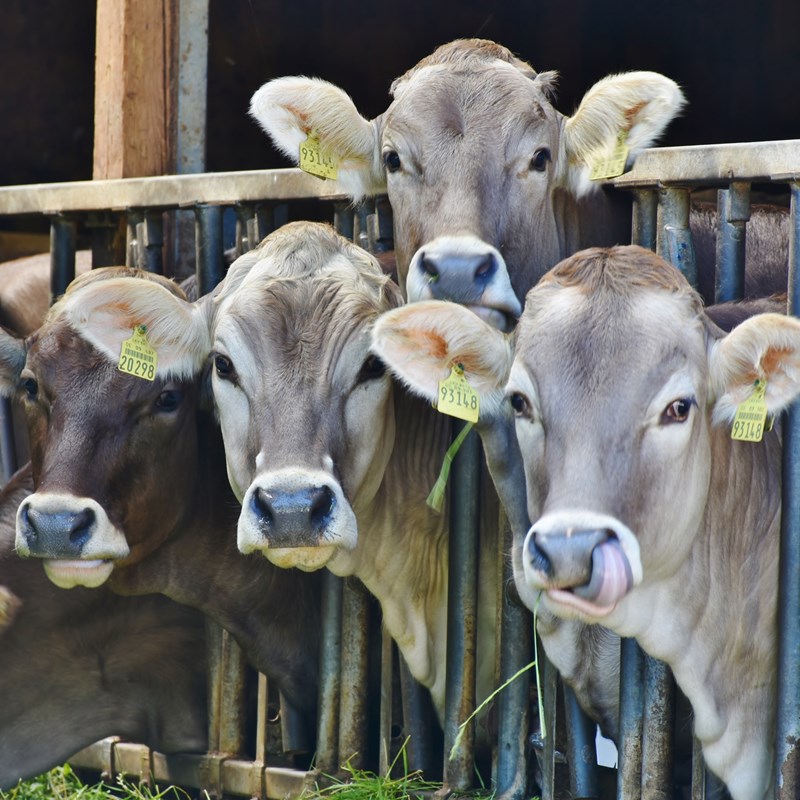
If you think of farming, it’s quite possible that you don’t think of technology, however, the reality is that agriculture, one of the oldest industries on our planet, is working hand in hand with the latest tech. Of course, much of farming remains the same; looking after land, crops and livestock, harvesting, preparing for the following year. There is no doubt that skills handed down from one generation to another are invaluable, those working the land know it well, but advancements in tech are making areas of the industry much easier.
In agriculture, profit is tied to productivity. Connected tech is perfect for identifying areas where costs can be lowered and processes streamlined.
What kind of tech are we talking about, then? The answer is, quite a variety!
Soil Mapping – Evaluating soil types and locations has always been integral to the industry for achieving the best and most sustainable land use. Traditional methods are difficult and time consuming but a combination of sensors (remote and on ground) with new statistical and mathematical techniques have vastly improved things.
Satellite Imagery – Satellites capture large areas of land in one image. These can assist in monitoring changes in soil conditions, early detection of diseases or pests, general crop health and the planning of land use.
Hyperlocal Weather Data – According to IBM, 90% of crop losses are due to weather events, so the more accurate this type of data, the better. Using sensors, agronomists are able to monitor light levels, humidity, air quality and general weather conditions. This allows for informed choices over when to plant, fertilize, remove pests, irrigate, harvest and even transport crops. Grass CheckGB is a project which aims to help farmers improve grass growth and use by providing data on growth, quality and weather conditions. Participating farms have been equipped with automatic weather stations which record temperatures, humidity, wind speed and direction, solar radiation and soil moisture. Data are transmitted wirelessly, collated and available for all online.
Variable rate seeding – With this technique, the aim is to reduce crop input and increase yield. Fields are divided into high and low productivity zones and are seeded according to how each different crop performs. SOYL, a UK based precision crop production service provider, offers agriculturalists a variety of tech based solutions includingiSOYL, an app which allows the user to ‘manage precision crop production tasks direct from the tractor cab’.
Variable rate liming – Adding lime to soil increases pH levels which in turn, improves fertility and the absorption of nutrients. An incredibly valuable procedure, analysis is carried out by point sampling using GPS.
Yield Mapping – This method uses GPS data to examine variables such as crop yields and moisture content. Great examples are the FarmTRX Yield Monitor System which comprises a data logger, a mobile app and a web app or the AGCO Harvest Tracker which collates real time data and even comes fitted as standard on many AGCO combine harvesters.
Drone Monitoring – An incredible option for keeping an eye on large areas of land. Drones offer crop observation, soil assessment, fertility and protection. With the addition of thermal cameras, even irrigation systems can be kept in optimal condition as the cameras are able to detect issues the human eye might miss.
What do the farmers think?
The development of all this technology is wonderful, especially when considering the balance of the world’s growing population with resources and climate change. UK based dairy farmer, Lorna Burdge, comments: ‘I use an app on my phone for farm records so I can look up information about any cow whenever I need, which is handy. Our contractors do everything on GPS now, which is really useful, they have a computer in their cab with field maps and it automatically turns part of the machinery on and off, depending on where you are in the field. You can get ear tags printed with barcodes or containing a microchip which are read with a scanner, these are really handy for sheep farmers!’ And when asked whether connected technologies improve farming: ‘Yes, it has its advantages! Part of the job is quicker, with less stress on animals. All the technologies used for field work are good for increasing efficiency and accuracy, so, yes!’
We certainly feel agritech creates perfect harmony! New cellular technologies like the low-power, wide-area network technologies, NB-IoT and LTE-M are lighting up farming applications that have previously been restricted on cost, deployment and battery life.
To find out how cellular LPWAN can help with your agritech IoT application, contact our expert team by emailing connect@arkessa.com.